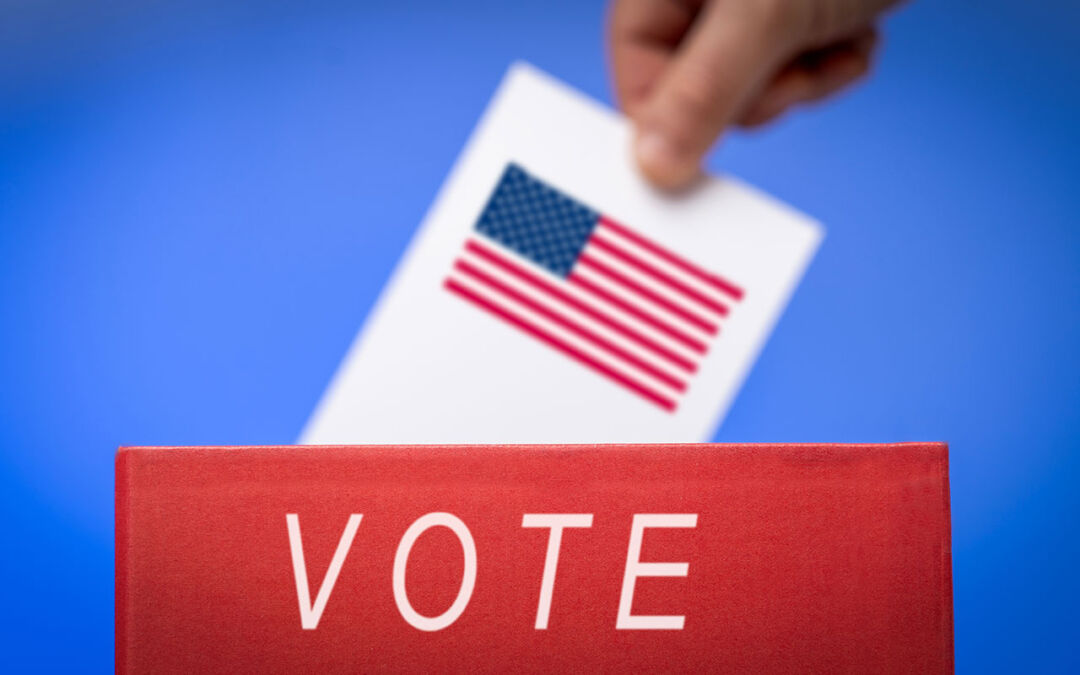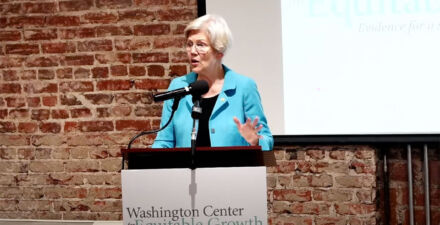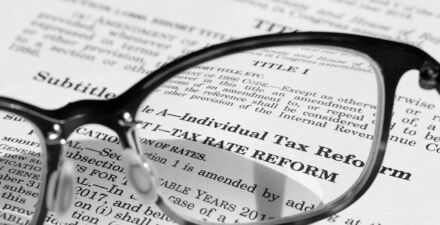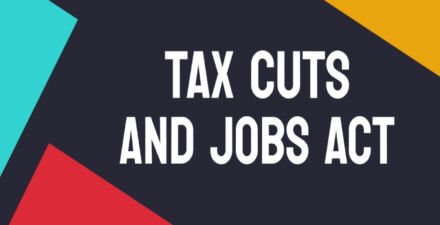The upcoming U.S. election’s most important policy effects are under the radar

Although the old maxim that Labor Day marks the true beginning of U.S. presidential campaigns may no longer hold, the end of summer and beginning of fall remain a period of heightened attention on the candidates as they travel the country making their cases to voters. This is especially true this year, following the late-stage candidate change on the Democratic side. With early voting beginning later this month in some states, time is running short for candidates to make their positions known.
Both parties’ conventions laid out their preferred messages about their candidates, but economic policy in particular played a relatively minor role in the rhetoric used. The presidential and vice presidential candidates’ biographies and visions, alongside the broader discussions of values and ideals at the two conventions, figured more prominently.
A few economic policy goals did draw mentions from both parties, among them improving affordability and an interest in manufacturing certain goods in the United States. Yet the ways in which each party would pursue these goals if they win the presidency and one or both houses of the U.S. Congress would likely differ substantially. Other policy areas were discussed more intensely by one party. Immigration, for example, drew more focus from Republicans, while Democrats were more interested in talking about housing.
Economic policies will likely figure more prominently in post-Labor Day campaigning, as candidates highlight specific things they plan to do in office. In some cases, these proposals illustrate differences in priorities between the two parties. The Republican Party proposes tariffs of at least 10 percent on all imported goods. The Democratic Party proposes a $25,000 tax credit for first-time homebuyers.
In other cases, the two parties have converged on broadly similar ideas. The Democrats propose to increase the generosity of the Child Tax Credit and provide a larger credit for newborn children. U.S. Sen. J.D. Vance (R-OH), the Republican vice presidential candidate, and other Republicans also have expressed interest in the past in providing additional support for families with children.
Then there’s the dueling proposals about exempting tipped income. The Trump campaign proposes exempting income from tips, as well as Social Security benefits, from income taxes. The Harris campaign subsequently proposed a more limited exemption for tip income.
But even beyond what is promised between now and Election Day, the outcome of the November election, both for president and in Congress, will shape the U.S. economic policy landscape for 2025 and years to come. The next presidential administration will also be responsible for how existing policies are carried out, including and especially in areas that the Biden administration has prioritized and, in some cases, made substantial changes.
How the next administration builds on or reverses policies that the current administration is already carrying out will be an important part of how it brings its own policy priorities to bear. The Biden administration, for example, has issued, through various agencies, a number of regulations on topics, including overtime pay, student loans, surprise medical bills, noncompete agreements, air pollution, credit card late fees, retirement investment advice, and many others. Some are in effect, while others are subject to ongoing litigation. How the next administration handles implementation and litigation decisions will play a critical role in determining how these regulations play out.
The same is true for a range of implementation decisions that have been and continue to be made under the Bipartisan Infrastructure Law, the CHIPS and Science Act, and the Inflation Reduction Act. The next presidential administration could alter or rescind implementing rules in ways that may impact these laws’ effectiveness. Similarly, the incoming Congress could rewrite portions of these laws or make changes to the funding available under them.
There are also longstanding, significant differences between the parties’ policy priorities, and these differences will interact with who holds the White House and congressional majorities to shape where efforts are focused when opportunities for new policymaking arise. Key provisions of the Tax Cuts and Jobs Act of 2017 expire in 2025, for example, which is already precipitating a debate over what the tax code should look like going forward. Who holds power after the election will determine whether the 2017 tax cuts will remain largely in place or be materially altered.
The balance of power in Washington also will shape the outcomes of more routine policymaking opportunities. If the same party controls the presidency and the U.S. Senate, then the president will have a freer hand to make executive branch appointments that require Senate confirmation, including appointments to independent regulatory agencies. The impact of appointments to the Federal Trade Commission and the National Labor Relations Board has been notable during the Biden administration, and with Senate support, the next president could have an opportunity to advance their own policy agenda in a similar way.
If the president’s party also controls the U.S. House of Representatives, that party could make meaningful policy gains through annual appropriations and possibly other legislation. Under a divided government, however, a greater degree of compromise would likely be necessary.
Debates about new proposals over the remainder of the campaign will be heated at times, but the election will have some of its most important effects on policy simply by determining who is in charge when opportunities to exercise discretion arise. While some of those opportunities are obvious in advance, others arise unexpectedly. Candidates’ proposals should be evaluated at least as much as hints at how they would handle these opportunities as they arise as concrete plans they hope to pursue.
Interested in hearing more? Register to attend our upcoming virtual event, “Evaluating the Economic Policy Stakes for 2025,” where researchers who have served in policy roles will discuss how the election could shape the policy landscape in the United States over the coming years and how research informs our understanding of what that could mean for workers, families, and businesses.
Did you find this content informative and engaging?
Get updates and stay in tune with U.S. economic inequality and growth!






